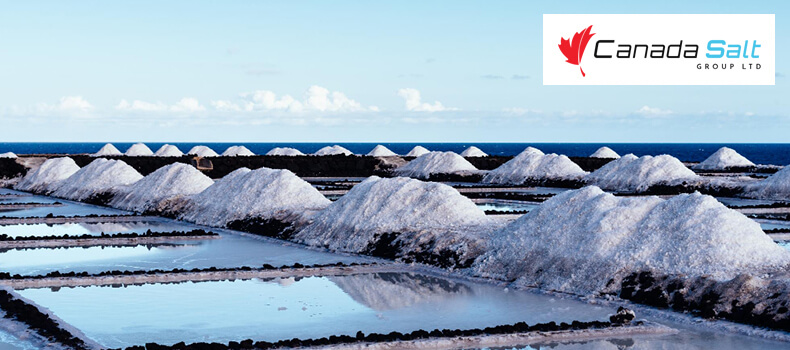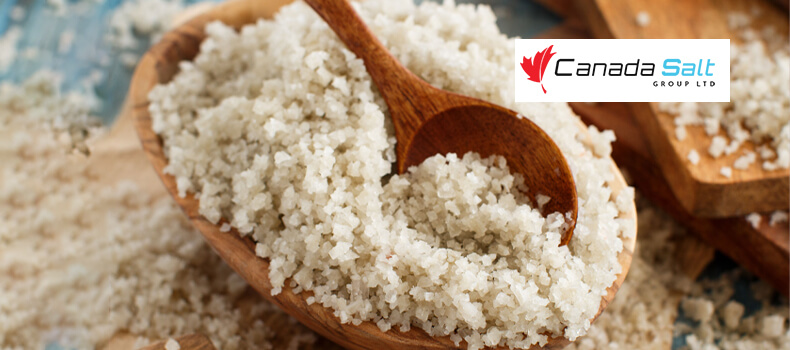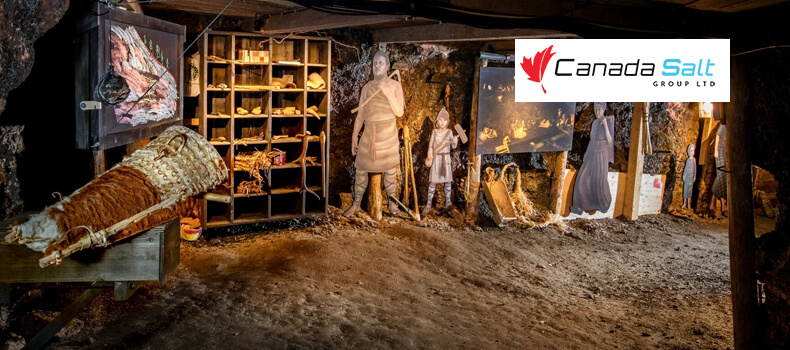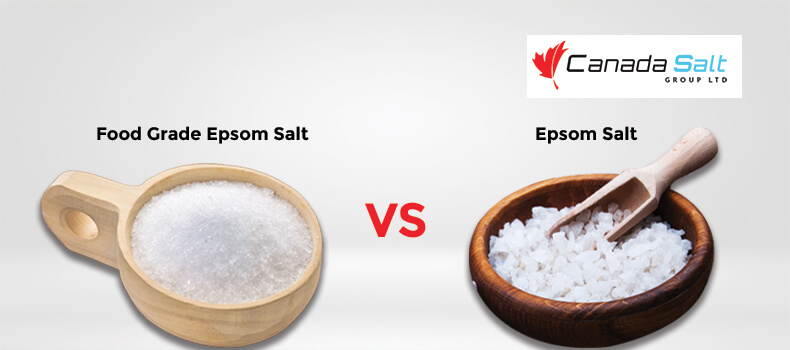Salt Production Methods
Our daily intake of sodium, which is important to control many internal body activities, is ensured by salt in addition to improving the flavour of our food. Salt is used in food because it is widely available and, of course, affordable. The fact that we only utilize 6% of the 270 million metric tons of salt produced worldwide could surprise you. A small fraction of the remaining 94% is used for agriculture, deicing roads, and softening water. In contrast, the majority is used for industrial activities, including making PVC, plastics, and paper pulp. In this article, we will explore the types of salt production methods.
Salt is produced in 3 ways depending on its source and environmental conditions.
Rock Salt Mining
Gritter lorries are frequently on the road when the temperature is near freezing, spreading what’s inside to keep the roadways from turning ice. However, they are not spreading sand. It’s salt. We extract old underground salt reserves for the salt we use to grit roads.
Around the planet, there are many hundreds of salt domes or beds, with depths ranging from 100 meters to a mile. Networks of tunnels and caverns form inside the salt mines during salt extraction. Mining vehicles utilize these tunnels as routes between different mine areas. At the same time, people use them to get from the mine entrance to the work area.
Rock salt is mined in 3 different methods
1. Cut and Blast Mining
A slot is created at the base of the rock face during “cut and blast mining” using a device known as an undercutter with a jib carrying several tungsten-carbide picks. The “cut” stage of the procedure is this. Several perfectly placed holes are drilled into the face using an electro-hydraulic rotary drill. When the holes are filled with explosives and set off, 1,200 tonnes of shattered rock salt lumps are produced. The “blast” stage of the procedure is this.
The blasted rock from the face is turned into pieces of a football size and then transferred on a conveyor belt, which takes it to the main crusher. The rocks are crushed into smaller pieces and then passed through a sieve to confirm the correct size of the granules for deicing the road.
2. Room and Pillar Mining
In both techniques, Leaving the required number of pillars to support the mine roof is essential. The layout of the mine is called Room and pillar mining. Mine engineers use rock mechanics principles to calculate the mine’s ideal pillar size and safety.
Before the storage, an anti-caking agent treats the salt to avoid clumping. It ensures that it can be stored for longer and used whenever required.
3. Continuous Mining
Compared to the cut-and-blast technique, continuous mining produces smaller rocks. A drilling machine is used to dig the rocks in the mine, resembling the machine used to dig the roads. The machine has a rotating head with tungsten carbide tips, which drills the salt mine. The lumps are sent to the crusher and later to the screening plant. It doesn’t require any further crushing as it produces smaller lumps.
Solar Evaporation Process
Solar evaporation is implemented in areas where the climate is warm with prevailing winds, and the evaporation rate is higher than precipitation. About 3.5% of salt is obtained from the oceans. We can observe salt formation in dried bays and shallow ponds, a natural process called solar evaporation.
In solar salt evaporation, the salt water is collected in shallow ponds and allowed to dry to eliminate most water. Salt crystals are formed during this process. The salt crystals are later sent for processing to remove impurities using washing, shifting and grading methods.
Salt Brines
The mechanical drills dig wells at a distance of 100 to 1000 feet from the salt deposit. The water is pumped into the wells to dissolve the salt deposits below the earth’s surface. A concentrated salt brine is formed during this process. A secondary drill connects these wells, and the brine is pumped into the storage tanks for further processing.
Vacuum pans are large industrial-sized evaporators used to evaporate salt brine. A high amount of pure and refined salt is obtained during this process. Before the evaporation process, the brine is purified. The impurities and mineral deposits like calcium and magnesium are removed during the purification. The salt from salt brine has pure sodium crystals, like the table salt we use.
Conclusion
Salt production methods have evolved from ancient mining and solar evaporation to modern industrial processes like brine extraction and vacuum evaporation. Each method has advantages and disadvantages, catering to different places and economic conditions. Irrespective of the method of salt production, salt always plays an important role in our daily life. So, you can choose the salt that suits your daily needs. If you are looking for a reliable bulk salt supplier, contact Canada Salt Group Ltd for a FREE Estimate.





